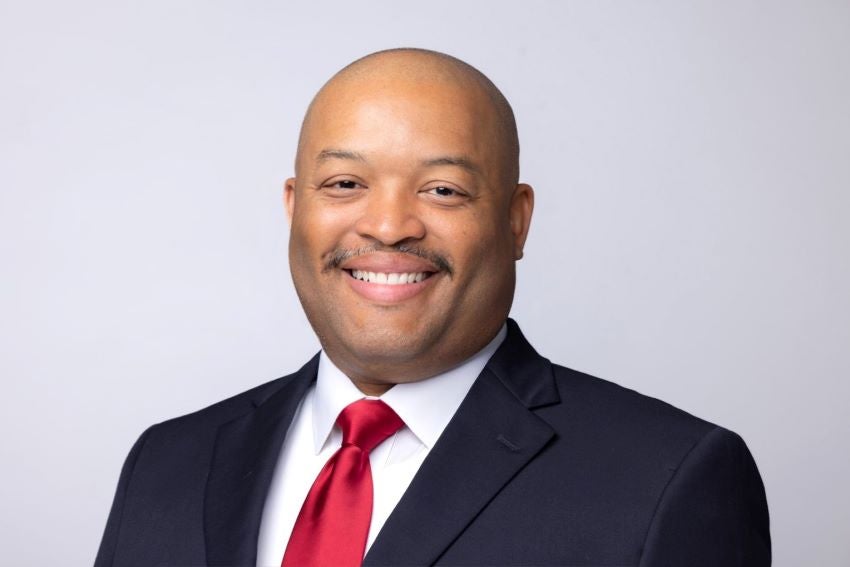Women in Educational Leadership Report a Range of Biases
A recent Education Week article highlights the range of biases that women leaders experience when serving in top positions.
Disparity in Women Leadership
Women Leading Ed, a network of superintendents committed to expanding the ranks of women leaders, surveyed 110 women in educational leadership roles between November 2023 and January 2024. Positions included superintendents, central office leaders, and state education officials.
While current research shows the number of women leaders is growing, the disparity between women and men is still evident through the number of men securing top leadership positions compared to women and the pay offered for the role.
Key findings of the survey showed that 57 percent of respondents had been passed over for career advancement opportunities that were offered to male colleagues, and 53 percent of respondents said they believed their gender influenced salary negotiations.
Another survey conducted by the ILO Group analyzed data from the 500 largest school systems dating back to 2018. The data showed that those large systems were slightly more likely to have a female leader compared to districts nationally.
Additional findings showed that women are more likely to be offered a superintendent role as an internal candidate, often on an interim basis, which suggests they entered the role during a tumultuous time in the district. This phenomenon or pattern of women leaders stepping into a leadership role at an uncertain time in the organization is often called “the glass cliff”.
Unfair Expectations
The Women Leading Ed survey discovered 95 percent of respondents believe they must make sacrifices that their male colleagues do not in their professional life. Male counterparts are viewed as quality role models when placing family above work responsibilities, while women are not perceived the same.
More than 80 percent of respondents reported external pressures to speak, dress, or behave in a certain way, and several women reported they were advised to dress in the stereotypical skirt and top instead of pants or a pantsuit, so they would seem less intimidating. Women believed they are unfairly judged about appearance and behavior compared to their male colleagues in leadership.
A final highlight of the survey is that 59 percent of women leaders considered leaving their position because of stress and strain of the job. Unfair expectations and biases contributed to the already difficult work that leaders face in their roles. Many felt less valuable than their male counterparts.
Creating Organizational Change
Intentional changes in culture and policies can help ensure women fill more leadership roles and experience less bias in the job. Educational entities can promote a path for women leaders that supports equitable hiring processes and provides better opportunities for women in leadership roles. Changes can start with the human resources department, the department responsible for ensuring fair treatment of all employees.
The district HR department can support hiring and developing women leaders by considering the following:
- Use gender-diverse candidate pools for hiring into leadership positions
- Create measurable goals that define leadership success
- Provide job coaching and mentoring for top leaders
- Ensure leave policies are comprehensive and address family needs
- Support salary negotiations and ensure fair pay for women leaders
- Address biases and ensure equity between male and female employees
Acknowledging structural barriers and biases towards top women leaders is the first step to ensuring women have opportunities in leadership. Taking action and making intentional changes will help eliminate prejudice and outdated mindsets towards the abilities and role of women leaders.
For more information on the topic, check out Education Week’s Women Superintendents Experience Bias on the Climb to Leadership.

Jennifer Barton
Jennifer Barton joined HR Services in 2018. She manages employee engagement surveys and assists with compensation planning, training, and other HR projects. Prior to joining TASB, Barton served for 19 years in Texas public schools as a principal, assistant principal, teacher, and coach.
Barton earned master’s degrees in education and educational leadership from The University of Texas at Austin and Lamar University. She holds a Texas superintendent certificate and is a SHRM-CP.
HR Services

Subscribe to HRX
Stay up to date with all the latest HR news and trends by joining the HRX mailing list!





